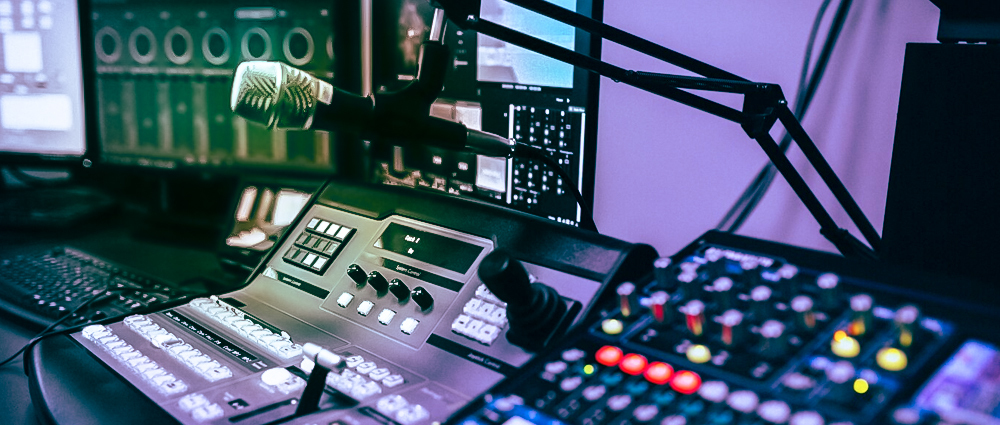To say that the voiceover narration shapes the success—or failure—of a documentary film would not be wrong. The voiceover narration, if done effectively, plays a critical role in guiding the audience through the story and conveying its message. Some of the best documentaries in the world, including the ones by the BBC featuring David Attenborough’s magical voice, have been monumentally popular even among those who don’t find such films right up their alley.
A well-crafted voiceover can take a documentary to the zenith of success, while a poorly executed one can simply be a snoozefest due to its failure to grab the viewer’s understanding and appreciation of the film.
What is Documentary Voiceover?
Documentary voiceover is the use of a narrator’s voice to explain, interpret, and contextualize the events and images being shown on screen. The narrator serves as a guide for the audience, providing insights, background information, and even personal commentary.
Importance of a Documentary Voiceover
Documentary voiceover is important for several reasons:
· It helps clarify and explain complex topics. In documentaries that deal with complex or unfamiliar subjects, voiceover can provide essential background information and context, making the film more accessible to a wider audience.
· It can boost the emotional impact of the film. An accomplished narrator can use their voice to evoke a range of emotions in the viewer, from empathy and compassion to anger and sadness, making the film more memorable and impactful.
· It can provide a sense of unity and coherence. In documentaries that feature multiple storylines or locations, voiceover can help tie the film together and create a sense of overall unity.
Techniques for Documentary Narration
Here are some of the key techniques for effective documentary narration:
· Write a clear and concise script. The voiceover script should be written in a clear, concise, and engaging style. It should be informative without being overly pedantic, and it should avoid using jargon or technical terms that the audience may not comprehend.
· Choose the right voice. The narrator’s voice should be warm, authoritative, and engaging. It should also be appropriate for the tone and subject matter of the film.
· Use a variety of vocal techniques. The narrator should use a variety of vocal techniques to keep the audience engaged, such as varying their pace, pitch, and volume. They should also use pauses and silences effectively to create emphasis and suspense.
· Record in a high-quality environment. The voiceover should be recorded in a quiet, soundproof environment to eliminate any background noise or distractions.

Documentary Narration Best Practices
Here are some of the best practices for documentary narration:
· Keep it short and sweet. The voiceover should not be too long or too wordy. It should be concise and to the point, providing only the information that is necessary to understand the story.
· Let the visuals tell the story. The voiceover should not simply repeat what is being shown on screen. Instead, it should complement the visuals and provide additional insights or context.
· Avoid editorializing. The narrator should avoid expressing personal opinions or biases. They should stick to the facts and let the audience form their own conclusions.
· Be respectful of the subject matter. The narrator should be respectful of the people and events being portrayed in the film. They should avoid using offensive or insensitive language.
Styles of Documentary Narration
There are several different styles of documentary narration, each with its own strengths and weaknesses. Here are a few of the most common:
· Authoritative narration: This is the most traditional style of documentary narration. The narrator speaks in a confident and authoritative voice, providing a clear and objective explanation of the events being shown on screen.
· First-person narration: This style uses the voice of a participant in the story to narrate the events. This can create a sense of intimacy and immediacy, but it can also limit the narrator’s objectivity.
· Poetic narration: This style uses poetic language and imagery to evoke emotions and create a sense of atmosphere. This can be an effective way to enhance the emotional impact of a film, but it can also be difficult to pull off without being too sentimental or melodramatic.
Conclusion
The fact that voiceover narration is key to the success of a documentary film is universally acknowledged. Filmmakers can weave magic with their voice by employing the right techniques, but they can also make their documentaries a damp squib by not adhering to best practices that are crucial for capturing the viewers’ attention.

